Earth has been home to various magnificent flora and fauna. Some of them have been dangerous, while some have been breathtaking and beautiful. However, there are various such animals that once existed, but now cease to exist for different reasons.
Top 15 Animals that No Longer Exist in this World
1. Woolly Mammoth
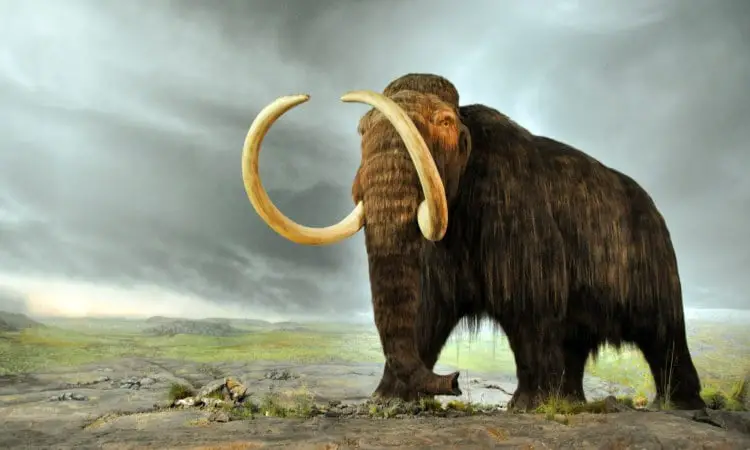
One of the most amazing and giant animals to go extinct is the Woolly Mammoth. They survived through an ice age, but were unable to survive the greed of humans. They are considered to be the ancestors of modern-day elephants. Currently, attempts are being made in Russia to bring them back from extinction using the remaining fossils.
2. Madeiran Large White Butterfly
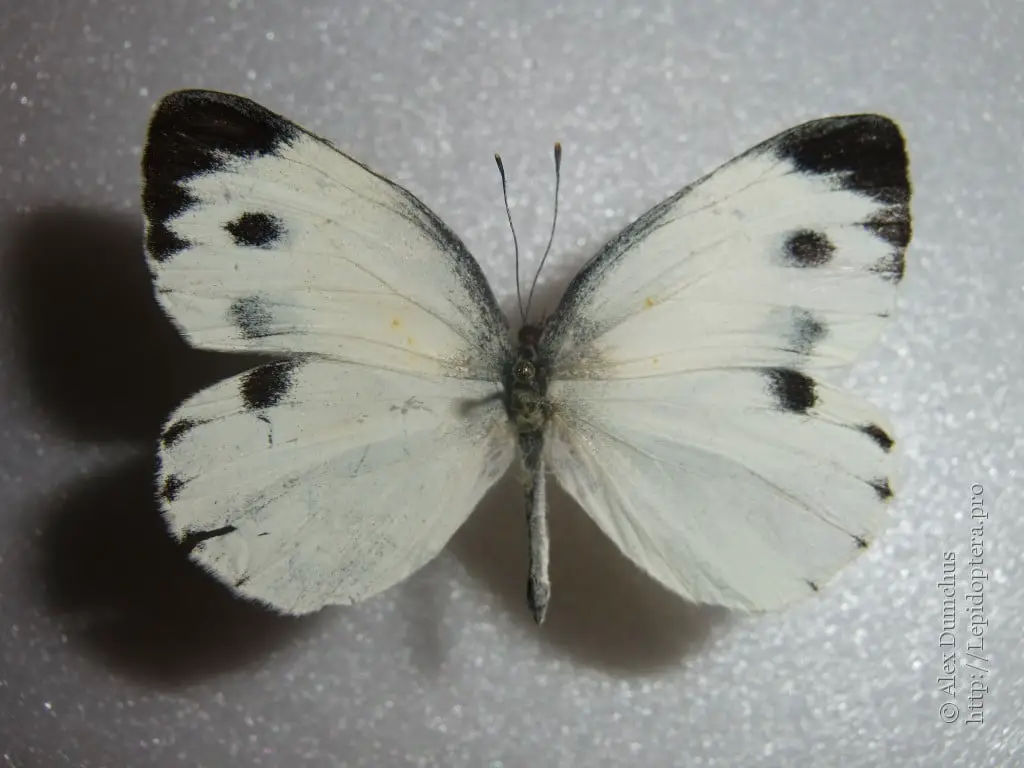
This beautiful butterfly was found in the valleys of the Laurisilva forests on Portugal’s Madeira Islands. Loss of habitat due to construction as well pollution are the major causes of extinction. The size varied from 55 to 65 millimetres. It was the first butterfly to be declared extinct in Europe as a result of consumerist activities.
3. Tasmanian Tiger
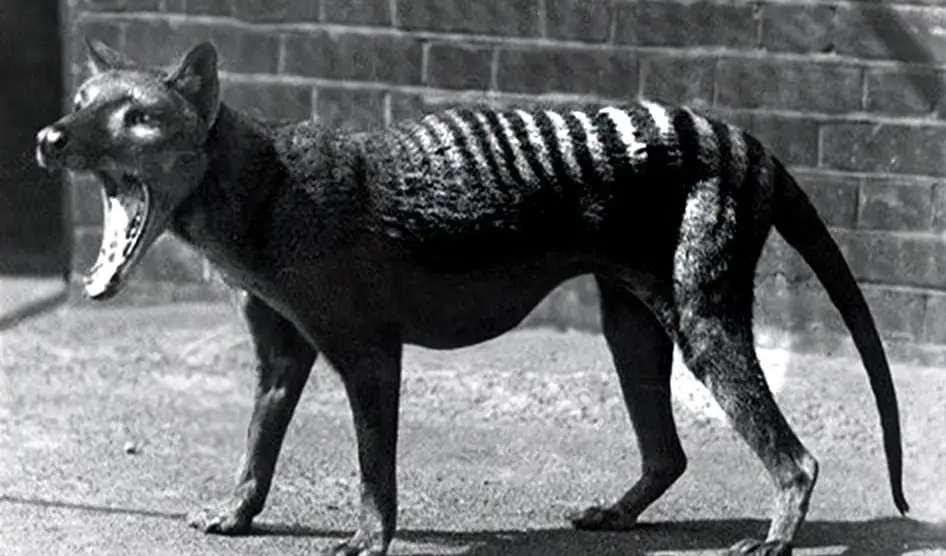
The Tasmanian Tiger was the largest carnivorous marsupial of the modern era. It became extinct in the early 1930s due to excessive hunting and poaching. Also known as Thylacine, this tiger was relatively shy and nocturnal, and resembled a large sized dog, except for its stiff tail and an abdominal pouch.
4. Quagga
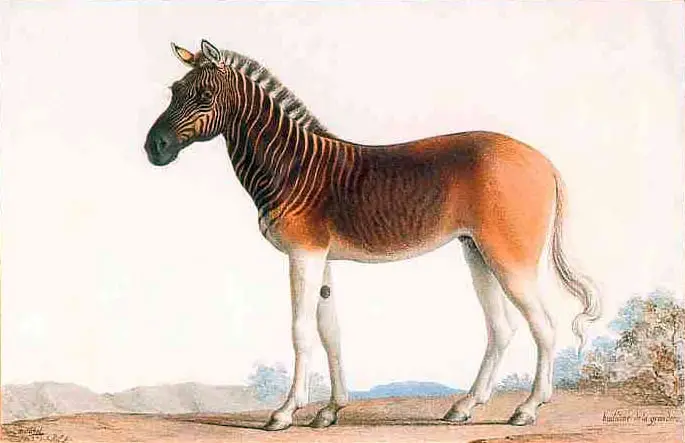
The Quagga was a magnificent half zebra, half horse creature. It was hunted to extinction in 1883 to preserve the land for agricultural animals, and for their meat and hides. The name is derived from its call, which sounded like “kwa-ha-ha”. The Quagga was the first animal to have its DNA analyzed, and was confirmed to have genes closer to zebras than horses.
5. Irish Elk
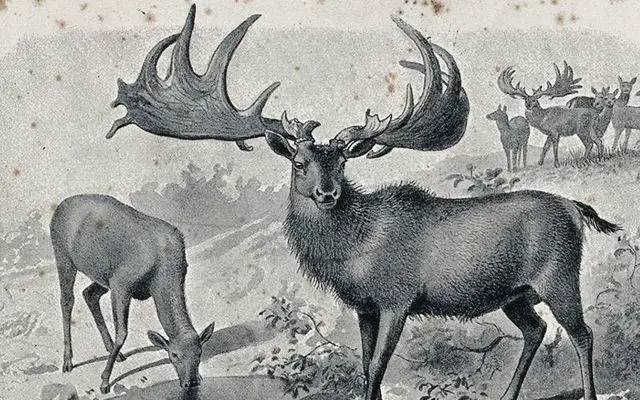
Irish Elk populated much of Northern Europe during the glacial period. They are also known as “giant deer”. They went extinct around 5000 years ago. Its range extended across Eurasia during the Pleistocene, from Ireland to Siberia to China. It stood around 7 feet tall at the shoulder, weighing around 40 kgs.
6. Dodo
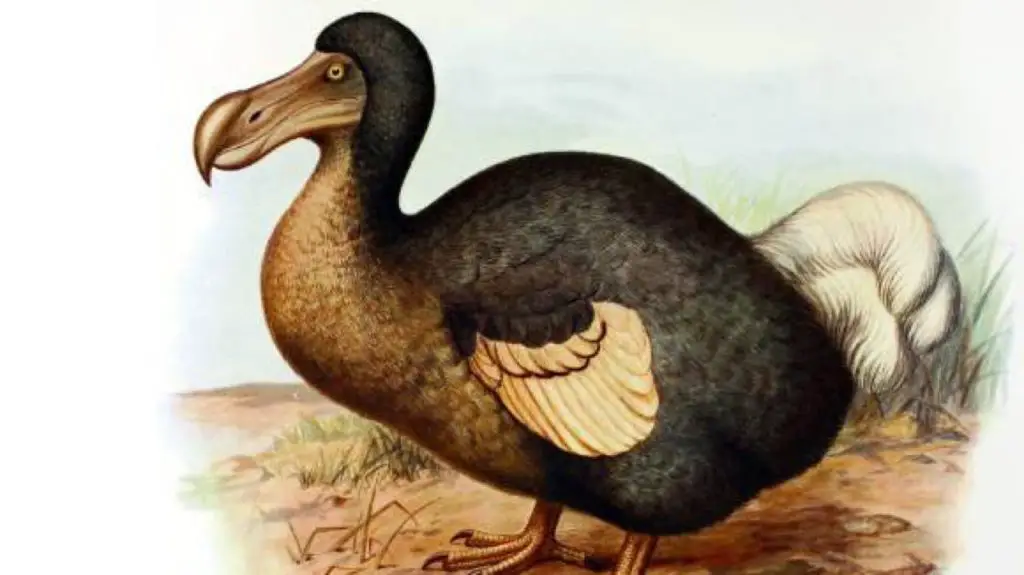
Dodo is probably the first creature that strikes one’s mind when asked about extinct creatures. These birds were both fearless and flightless making them an easy target, which made them extinct. This bird was endemic to the island of Mauritius. The closest living relative of the dodo is the Nicobar pigeon. No complete dodo specimens exist, making it hard to determine its plumage and colour.
7. Ground Sloth

They were unique beasts that thrived through the ice age. It has been extinct for more than 10,000 years. They were massive in size and too huge to be killed by humans. The Giant sloth evolved in South America around 35 million years ago but later migrated to North America around 8 million years ago. They were herbivores, meaning they ate vegetation.
Read also – Top 15 Hidden Places in and around Mumbai You Should Visit
8. Great Auk
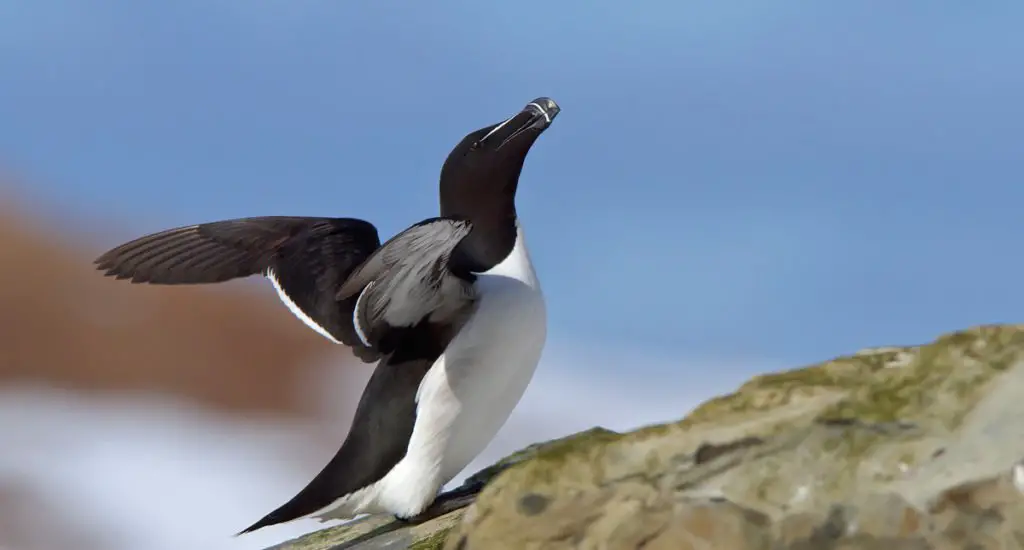
The Great Auk was a flightless bird that resembled a penguin. It was a powerful swimmer with a heavy hooked beak. It could grow to a height of three feet. They bred on rocky, isolated islands with easy access to the ocean and a plentiful food supply. The great auk was 75 to 85 cm in height. It had a black and white belly.
9. Baiji
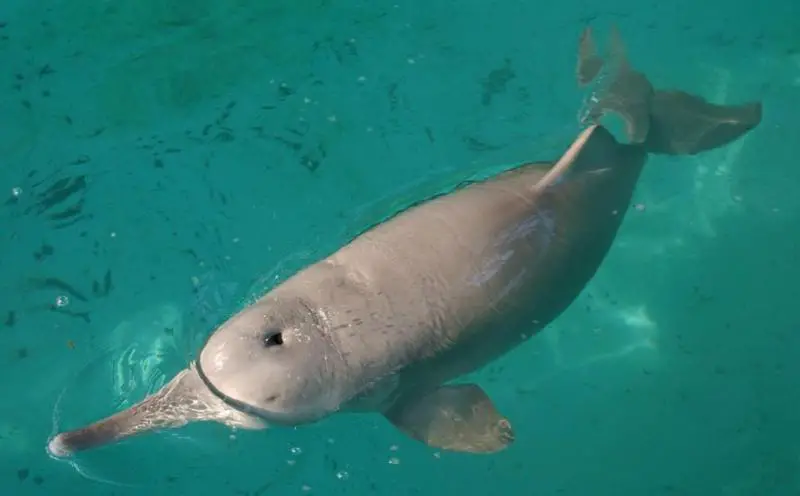
The Baiji or the Chinese river dolphin was a victim of hunting and modern industrialization. During the 1950s this was hunted officially which led to their extinction in 2006. The population declined drastically in decades as China industrialized and made heavy use of the river for other purposes. A period of hunting caused the decline of this creature.
10. Golden Toad

This is the brightest species of animals that have ever disappeared. The fluorescent animal and became extinct due to global warming and pollution. The main habitat of this creature was on a cold, wet ridge, called Brillante. The golden toad mostly inhabited northern Costa Rica’s Monteverde Cloud Forest Reserve and preferred lower elevations.
11. Moa

Moas were giant birds, larger than the ostrich itself. They were flightless and truly wingless. They had the strongest beaks ever, that could cut through thick twigs. Some of the species of this bird reached a height of 12 feet. Haasts eagle was the predator of this bird.
12. Haasts Eagle
This was the largest eagle that ever existed. It grew up to a height of 4.5 feet and weighed around 16 kilograms. The eagle was dependent on Moa for its food to this extent that it went extinct shortly after the Moa. This eagle lived on the South Island of New Zealand, commonly accepted as the Pouakai of Maori legend.
13. Passenger Pigeon
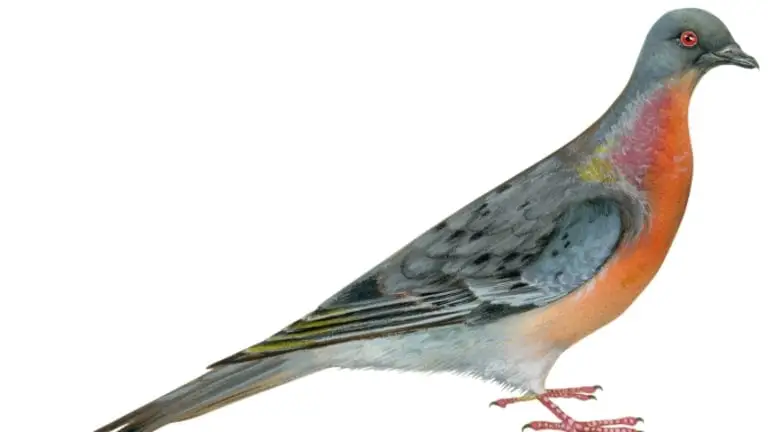
The passenger pigeon is an extinct species of pigeon endemic to North America. The name is derived from its migratory habits. Passenger pigeons were hunted by Native Americans, but the hunting increased after the arrival of Europeans. The eradication of this species is a notable example of anthropogenic extinction. This went extinct by 1914.
14. Woolly Rhino
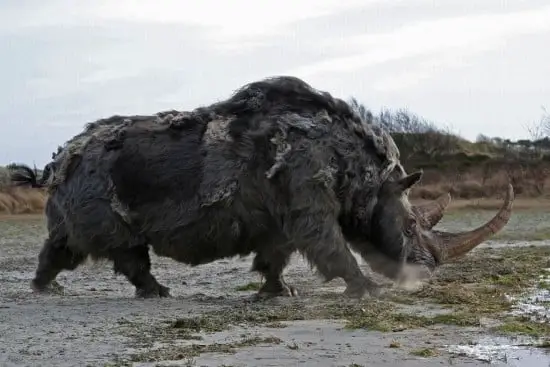
The woolly Rhino is an extinct species of rhinoceros that was common throughout Europe and northern Asia, which went extinct with the other megafauna. The Woolly rhino used its horns for mating and defence purposes. Human hunting might have been the cause of its extinction.
15. Smilodon Cat
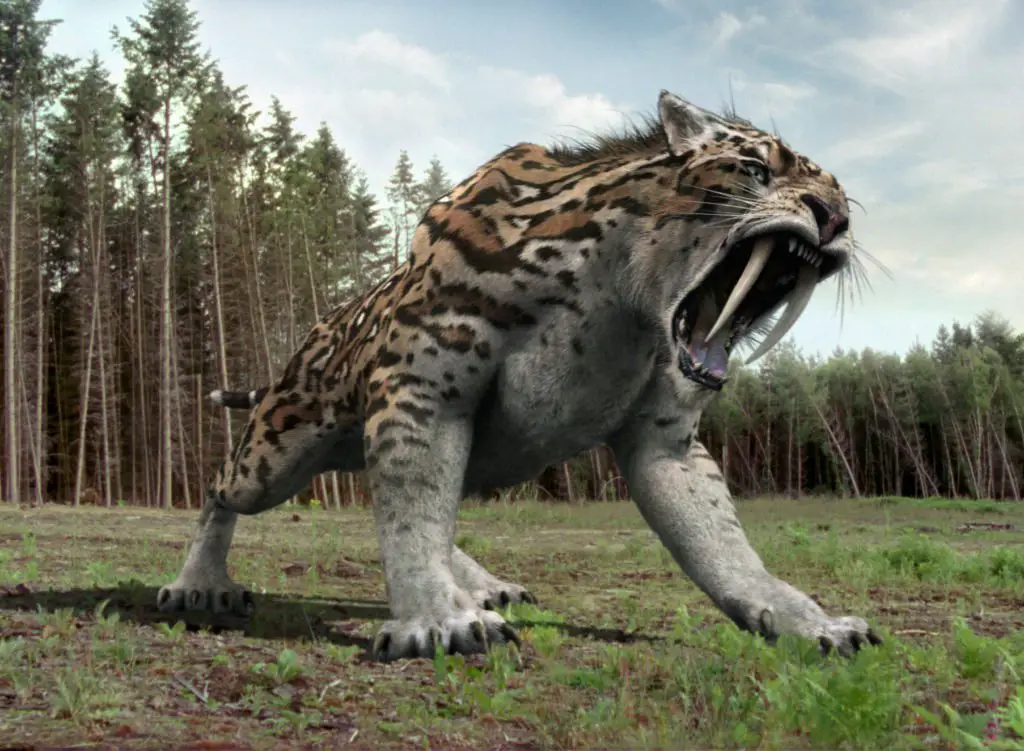
Weighing an average of 550 pounds, this saber-toothed cat is the most famous historic animal. It was of the size of a normal cat but robustly built. They are famous for their relatively long canines and possess predatory behaviour. At the end of the late Pleistocene about 12000 years ago, it went extinct.
Read also – Top 15 Places For You To Visit This Summer